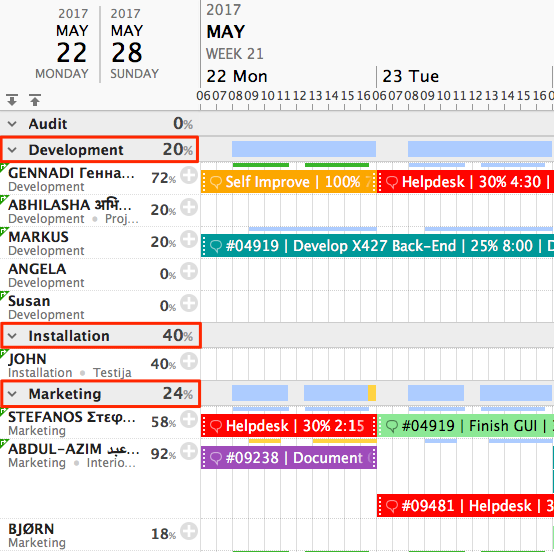

If demand is equal to production capacity company is in a position to use its production capacity to the fullest. For example, there could be a scenario where demand is more than production capacity in this situation, a company needs to fulfill its requirement by buying from outside. There would be a scenario where capacity planning done on a basis of forecasting may not exactly match. Factors Affecting Capacity PlanningĮffective capacity planning is dependent upon factors like production facility (layout, design, and location), product line or matrix, production technology, human capital (job design, compensation), operational structure (scheduling, quality assurance) and external structure ( policy, safety regulations) Forecasting v/s Capacity Planning The three types of capacity planning based on goal are lead capacity planning, lag strategy planning and match strategy planning. The ultimate goal of capacity planning is to meet the current and future level of the requirement at a minimal wastage. Short Term Capacity: The strategic planning undertaken by organization for a daily weekly or quarterly time frame is referred to as short term capacity planning. Medium Term Capacity: The strategic capacity planning undertaken by organization for 2 to 3 years of a time frame is referred to as medium term capacity planning. Sustainable capacity is the maximum production level achievable in realistic work condition and considering normal machine breakdown, maintenance, etc.Įffective capacity is the optimum production level under pre-defined job and work-schedules, normal machine breakdown, maintenance, etc. Production capacity is the maximum output possible from equipment under normal working condition or day. Design capacity is the maximum output possible as indicated by equipment manufacturer under ideal working condition. Long Term Capacity: Long range capacity of an organization is dependent on various other capacities like design capacity, production capacity, sustainable capacity and effective capacity.

Capacity Planning ClassificationĬapacity planning based on the timeline is classified into three main categories long range, medium range and short range. It ensures the organization remain competitive and can achieve the long-term growth plan. Planning ensures that operating cost are maintained at a minimum possible level without affecting the quality. Strategic capacity planning is essential as it helps the organization in meeting the future requirements of the organization. Strategic capacity planning is utilized for capital intensive resource like plant, machinery, labor, etc. Strategic Capacity PlanningĪ technique used to identify and measure overall capacity of production is referred to as strategic capacity planning. In general, terms capacity is referred as maximum production capacity, which can be attained within a normal working schedule.Ĭapacity planning is essential to be determining optimum utilization of resource and plays an important role decision-making process, for example, extension of existing operations, modification to product lines, starting new products, etc. In operations, management capacity is referred as an amount of the input resources available to produce relative output over period of time. For an organization, capacity would be the ability of a given system to produce output within the specific time period. After considering the forecast and long-term planning organization should undertake capacity planning.Ĭapacity is defined as the ability to achieve, store or produce. The production system design planning considers input requirements, conversion process and output.


 0 kommentar(er)
0 kommentar(er)
